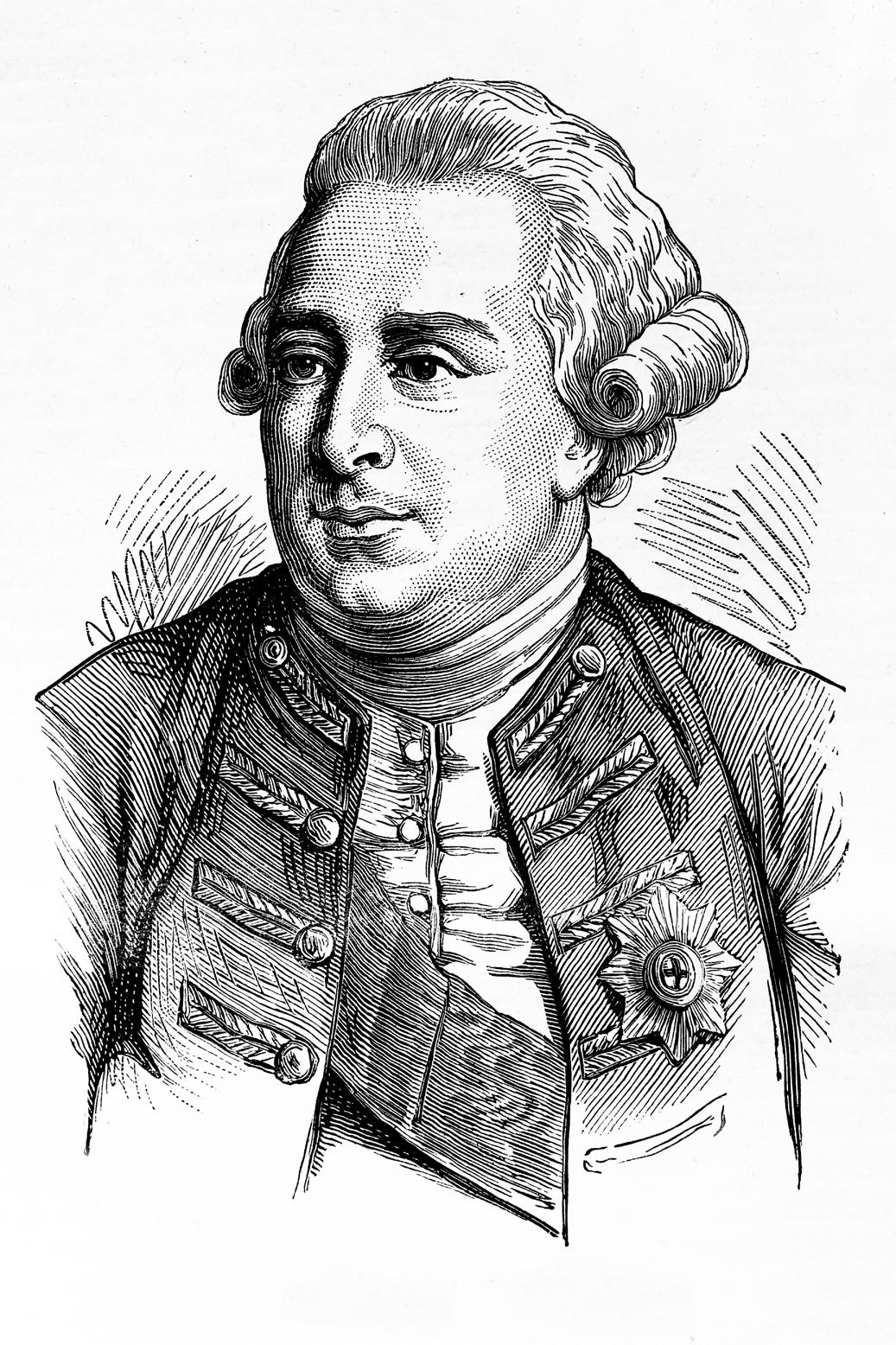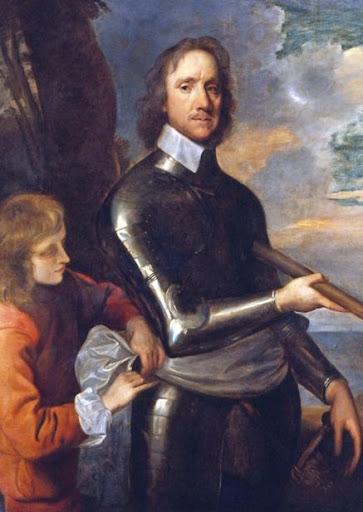
2 minute read
The English Civil Wars

The English civil wars are seen as one of the most turbulent chapters in England’s long history. The civil wars were comprised of three wars fought from 1642 to 1651 that stretched across the whole of England. They were part of a wider conflict known as ‘Wars of the Three Kingdoms’ involving Wales, Scotland and Ireland. The wars were caused by complex, multi layered issues but at the centre was disagreements about religion, frustration and discontent at King Charles I’s use of power and his economic policies.
It’s difficult to imagine now when you look out over our sleepy villages, rolling hills
There are places dotted all over our local area rich with history that played parts big and small in the English Civil War. One of these is The Lygon Arms Hotel in Broadway in the north Cotswolds. The Lygon Arms was built in the 14th century and called The White Hart at the time of the civil war. It sits in Broadway at what was a key connection place for travellers between Wales, Worcester and London.
The Lygon or the White Hart served both Oliver Cromwell and Charles I. Charles I stayed there to meet with his supporters. The commanding Charles I suite bears testimony to this as is adorned with the King’s coat of arms. However, there are hints of the Royalists demise as the face of the lion has been removed, perhaps by Cromwell himself.
Oliver Cromwell stayed at The Lygon or the White Hart before the victorious battle of Worcester in 1651. Cromwell’s army, the Parliamentarians, stood at around 28,000 men strong. They defeated their largely Scottish opponents army of around 16,000 Royalists led by Charles II, as he tried to win back the throne after his father’s execution. Defeated, Charles II manged to escape and made his way to France where he lived in exile for the next nine years before returning to England to be crowned King at Westminster Abbey.
King George III and Cheltenham
King George III became heir to the throne in 1751 after the death of his father so succeeded his grandfather George II as King in 1760. He married his wife, Charlotte of Mecklenburg-Strelitz, in 1761 and was utterly devoted to her and it was a happy marriage. They went on to have a large family, 15 children, 13 of whom reached adulthood.
George III is best known for his descent into serious mental illness, dramatised in the 1994 film The Madness of King George. But he was much more than this; a devoted husband and father, a keen politician and a thoughtful ruler. Additionally, he was passionate about science or ‘natural philosophy’ as they called it then; a first for a King.
In 1788, after several bouts of ill health, King George III spent five weeks at Cheltenham drinking the infamous waters in a bid to improve his health. This visit was instrumental in securing the town’s popularity and wealth and much of the stunning regency houses we see there today came into existence because of this popularity. George III died on 29th January 1820 at Windsor castle aged 81. Luckily for us he left a legacy in Cheltenham that helped build the beautiful town that we enjoy today.
Words by Mide Carter












